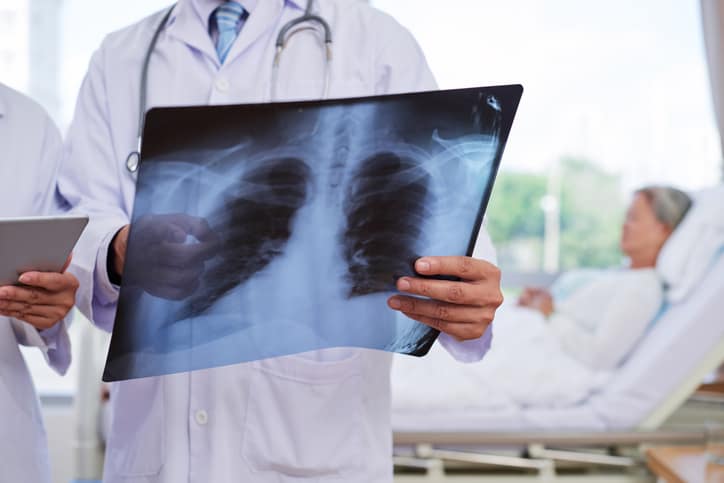Obstructive sleep apnea (OSA) is a common disorder in the US and other industrialized countries. Untreated OSA is associated with increased risk of coronary artery disease, cerebrovascular accidents, uncontrolled diabetes mellitus, poor workplace productivity, increased health care utilization, and higher risk of motor vehicle accidents. Continuous positive airway pressure (CPAP) is a commonly used treatment for OSA. CPAP nonadherence continues to be a major problem in clinical practice.
Upper airway stimulation (UAS) is an alternative option for management of OSA and has been shown to be safe and effective. This therapy involves electrical stimulation of the hypoglossal nerve to facilitate airway opening in the oropharynx.
Although the UAS device is implanted by a surgeon in the operating room, the nonsurgical sleep medicine provider can play an important role in this type of therapy.
This article outlines opportunities for a nonsurgical physician to become a leader in development of an institutional UAS program.
Copyright © 2020 Frontline Medical Communications Inc., Parsippany, NJ, USA.
The Nonsurgical Sleep Medicine Physician Role in the Development of an Upper Airway Stimulation Program.


